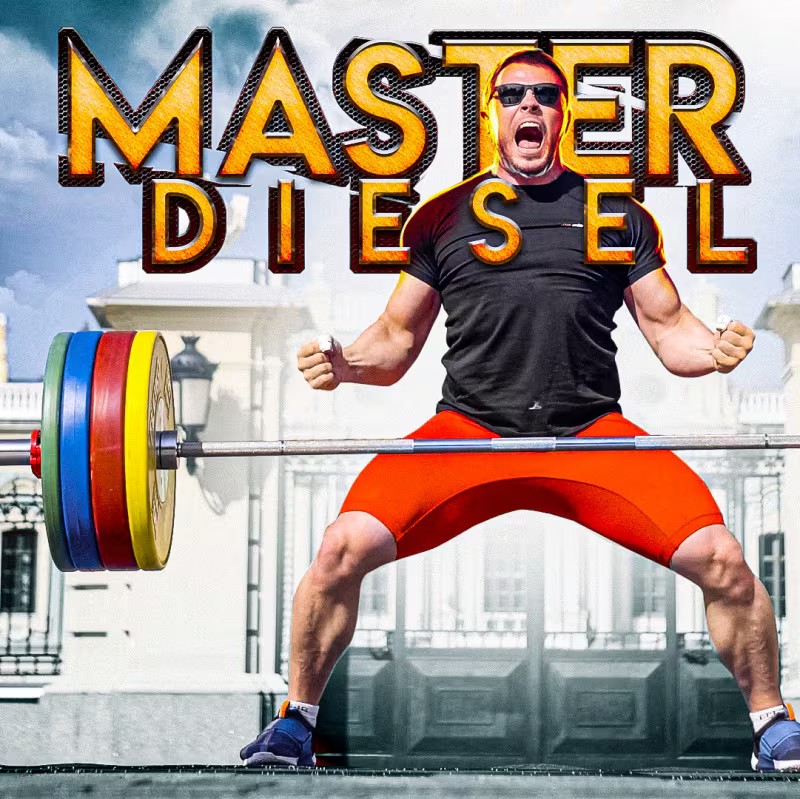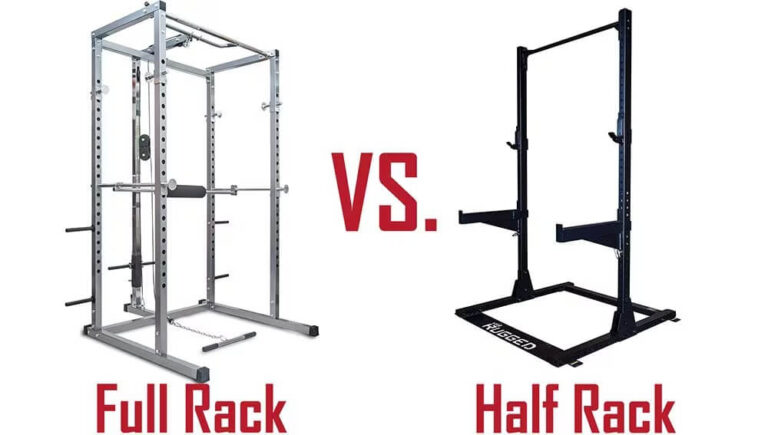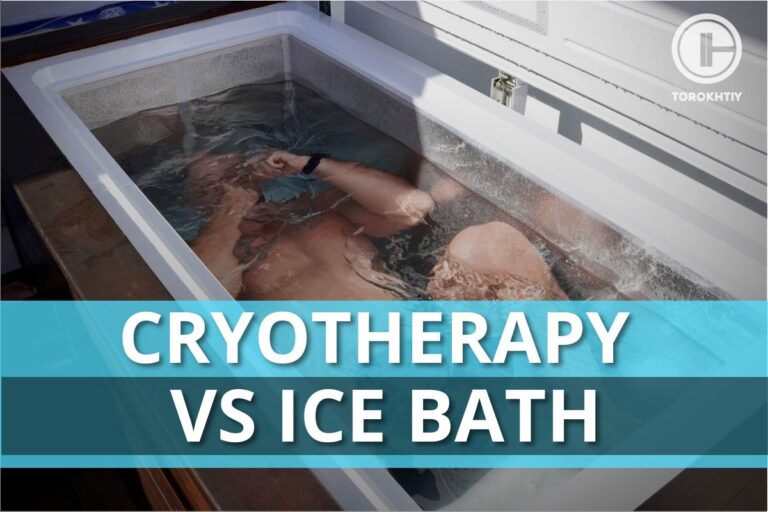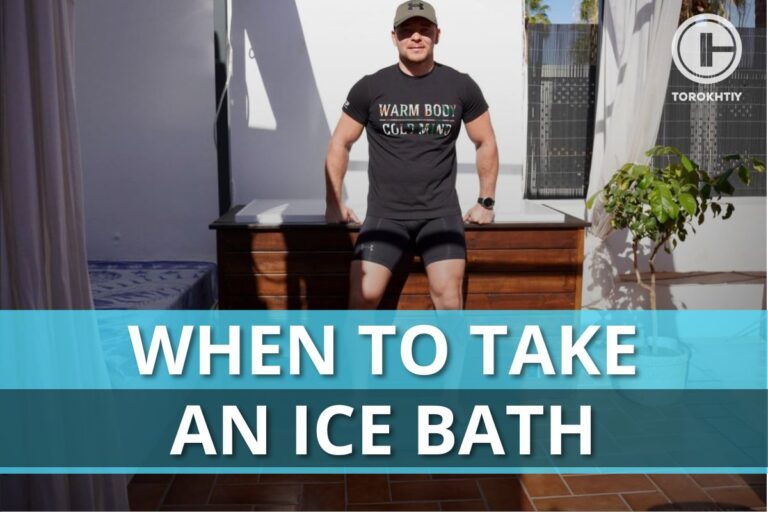The Top 9 Jumps for a Weightlifter
It is a well-known fact that weightlifters have always had a powerful vertical jump. And that fact perfectly explains the reason for coaches from other kinds of sports, requiring explosive strength qualities, to adopt snatch and clean & jerk related exercises.
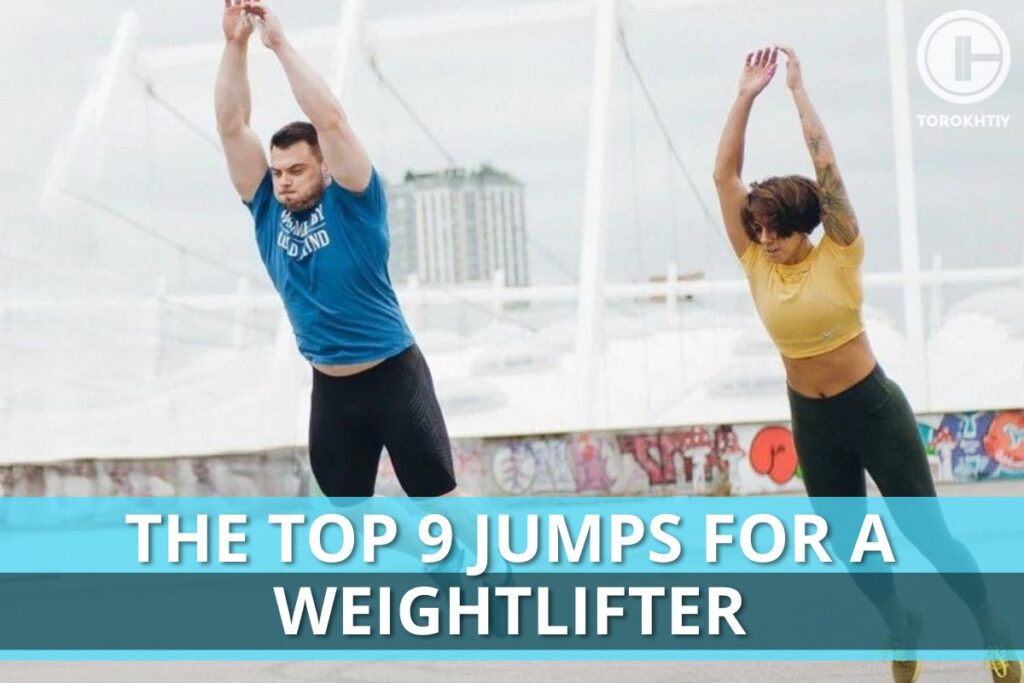
The majority of gifted weightlifters are exceptional jumpers and snatch, clean, and jerk practice provides a significant increase in the jumping ability. The mechanics of these exercises develop leg explosive strength and contribute to the development of athletes’ power.
Jumping ability has always been one of the most crucial criteria for the selection of weightlifting capable kids. National team level athletes can perform standing vertical jumps on a chest-height (and some of them even on collarbone-height) raised platform. This ability is explained by the great leg strength, as well as correct knee and hip joint extension technique.
Those aiming at increasing their results in weightlifting should develop their jumping ability, and this should be done from the very first workouts. Frankly speaking, jumping moves could be studied and practiced at the preschool age as these exercises also develop coordination, agility, accuracy and children simply love to jump!
Here is a set of jumping exercises often applied in schools for 10-13 y.o. kids:
- Long jumps series;
- Full squat jump;
- Jumping to the raised platform;
- Springing jumps variations;
- Stairs jumps series;
- Combined single-leg stairs jumps;
- Single-leg running variations.
“Jumping and explosive” sport types such as volleyball, basketball, handball and table tennis are also very useful and amusing activities for beginner weightlifters.
To my mind, weightlifters of all levels should play sports games. I vividly remember the times when we were having a transition period between competition preparations and we could play basketball as a warm-up before a workout and play volleyball for 2 hours on the day we were resting from the exercises with a barbell.
There is a legend that in the late 70s the USSR national adult weightlifting team (generation of Vardanian, Rigert, Sots, etc.) won a friendly match against the USSR junior women’s volleyball national team.
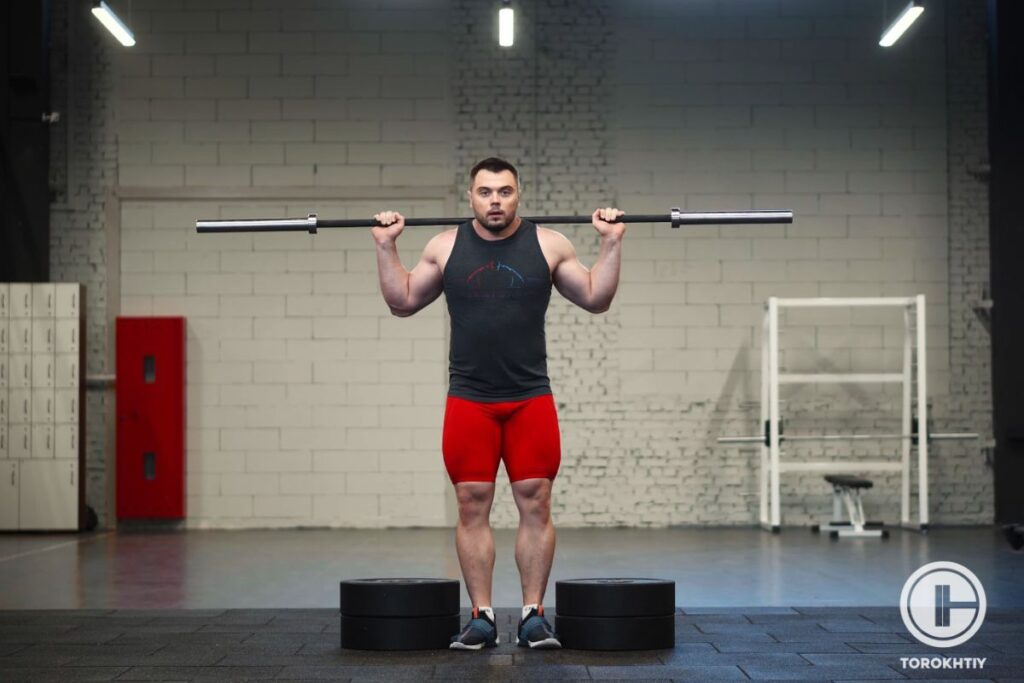
Let’s get back to the jumps. It is obvious that you must use the right form and technique to benefit the most from jumping exercises. I’ll try to explain it as simply as possible: first of all, a jump is a powerful extension of a knee joint, this is not a backward swing performed with your back and head, pelvis pushing, or getting on your toes.
There are many opinions concerning the phase of a workout to perform jumps and the optimal number of reps and sets. I think that jumping at the beginning of a workout will be the most appropriate for beginner athletes (1-2 years of training experience) and during a transition period. It trains the quality of nerve impulse conduction and improves muscle coordination.
Experienced athletes traditionally jump at the end of a workout. Jumps must be included in a training program 2-3 times a week, 4-8 reps in 3-6 sets are the most optimal range for this exercise. The higher the main loading level is, the more carefully you should plan your jumps.
You can vary jump types or stick to a sole move within a weekly cycle. But I would update jump types every 2-3 weeks for more variability in a training program.
Further in this article I will describe to you a set of my 9 favorite and tested exercises that I strongly advise and apply in my training programs.
1. Squat Jumps – it is a basic exercise that I recommend to apply at the initial training stage. Not only does this exercise develop your explosive strength but also helps rookies to become more coordinated and agile.
2. Barbell Squat Jump – a more complicated version of the first exercise. It is much harder to jump out with a barbell on your shoulders and that’s why this exercise is for advanced athletes that have 3+ years of training experience and their mechanics in this move is beyond question.
Athletes usually do squat jumps with an empty barbell or with 40-50 kg weight. I confess that I never exceeded 40 kg, but in the national team some gifted desperados jumped with 70-80 kg, but I definitely don’t recommend you going for that!
3. Long Jumps – another basic must-have exercise for the rookies. By the way, these jumps are frequently used by the coaches on weightlifting tryouts. I remember us constantly competing with each other as kids exactly in long jumps, doing them barefoot on the sandy river bank.
4. Box Jump – the most common jumping exercise both in weightlifting and functional fitness. The crucial moment here for an athlete is to have a mindset to jump as high as possible, to land on a box with his knees slightly bent. There exist several variations of this exercise:
- Deep squat jump;
- Half squat (athletic position) jump.
There are also several jump-off variants: if a rookie-athlete feels unsure of the quality of his landing then he’d better make a careful step down after each jump to avoid being injured. Once his technique becomes steady his non-stop jump series will become significantly more efficient.
5. 3 boxes progressive jumps – great complex coordination exercise originating from the track & field. It perfectly fits a workout in transition or preparatory period. Boxes height and number are chosen for an athlete to do 4-8 different jumps in one set.
6. Chicken Jump – exercise from the stock of rowers sprinters that reminds us about barbell squat jump by its structure, the difference is that an athlete holds a kettlebell in his hands.
7. Korean Jumps – you change legs in a lunge stance during the jump. Brilliant exercise to strengthen your muscles and ligaments. I advise you to do it during your preparatory period, as this exercise will tense your leg muscles very well, especially if you do it after isometric exercises.
8. Plate jumps – this exercise solves 2 specific tasks for weightlifters: it develops the power of your vertical jump and coordination of your feet when you dip under the barbell. I recommend to set up plates height to knee-level and follow the objective to jump as high as possible and land with knees slightly bent. I saw athletes (from the Brazilian national team) practicing this exercise with a barbell on their backs. I think that the additional weight in this move is appropriate for high\professional level athletes only.
9. Depth Jump – the pinnacle of jumping exercises from weightlifters’ arsenal. Depth jumps seem to be an incomprehensible or super-modern explosive strength development method for many coaches and athletes. But in fact, this methodology is older than the majority of people reading this article.
It was designed by a Soviet coach and scientist Yuri Verkhoshansky in the 60s-70s and he named it the «shock» method. During the 50 years of rapid development of the training system, this method took its place in preparation in all strength- and speed-related sports: jumps, throwing, short-distance running, weightlifting, fencing and martial arts.
As depth jumps involve more muscles in the take-off phase than any other type of jumps and also provide a strong training effect, they constitute an effective measure to improve «explosion» in snatch and clean & jerk.
The point of the exercise is to step off the platform and instantly make a vertical jump. I have a separate article devoted to depth jumps in my blog. I recommend you to read it.
To summarize the jumping exercises review I want to remind you that any impact and explosive physical work can produce a negative effect upon your muscles, ligaments and joints because an athlete performing these exercises forces his body to work in «breaking mode» during take-off and landing.
But fear not, as our bodies are ready for such loads if they are properly dosed and combined with recovery exercises aimed at relaxation as well as flexibility and mobility improvement.
🔻Masters Weightlifting Program
Unlock Your Full Potential with the MASTER DIESEL Program!
Are you a dedicated master athlete looking to reach new heights in Olympic weightlifting? Oleksiy Torokhtiy’s Master Diesel Program is your ticket to success
🔥 What Makes MASTER DIESEL Special? 🔥
- 👉 9-week Olympic weightlifting program tailored for masters.
- 👉 4 effective sessions weekly.
- 👉 Competition week for peak performance.
- 👉 Injury prevention through flexibility training.
- 👉 Strength-focused exercises.
Program Features:
- ✔️ For all athletes.
- ✔️ Clear demonstrations.
- ✔️ Unique periodization.
- ✔️ Lifetime access.
👴 Age is just a number – Master Your Olympic Weightlifting Journey with MASTER DIESEL! 💪💥
My training programs Male 2.0, Leg strength, Speed cycle, Leg killer and even competition program for «mature» boys Master diesel are good examples in this regard. There you will find quite a big volume of diverse jumping load that is properly balanced with all other exercises and grant you a powerful stimulus to safely improve your results.
Yours in weightlifting, Oleksiy Torokhtiy
Why Trust Us?
With over 20 years in Olympic Weightlifting, our team does its best to provide the audience with ultimate support and meet the needs and requirements of advanced athletes and professional lifters, as well as people who strive to open new opportunities and develop their physical capabilities with us.
By trusting the recommendations of our certified experts in coaching, nutrition, dietology, and sports training programming, as well as scientific consultants, and physiotherapists, we provide you with thorough, well-considered, and scientifically proven content. All the information given in the articles concerning workout programming, separate exercises, and athletic performance, in general, is based on verified data. We ensure that you can rely on our professionals’ pieces of advice and recommendations that can be treated as personalized ones which will benefit you and fully meet your needs.
The product testing process is described in more detail here
Author: Oleksiy Torokhtiy
Olympic Weightlifting Champion
Best Results: Snatch – 200 kg,
C&J – 240 kg
Oleksiy Torokhtiy is a professional athlete boasting 20 years of experience in Olympic weightlifting. With multiple European and World titles under his belt, he has showcased his prowess in two Olympic Games (Beijing 2008 and London 2012). Upon concluding his illustrious career, Oleksiy dedicated himself to coaching. By 2022, he had conducted over 200 weightlifting seminars worldwide. He is the visionary behind an international sportswear and accessories brand known for its motto, “Warm Body Cold Mind.” Additionally, he is an esteemed author and the creator of a series of training programs and eBooks.

